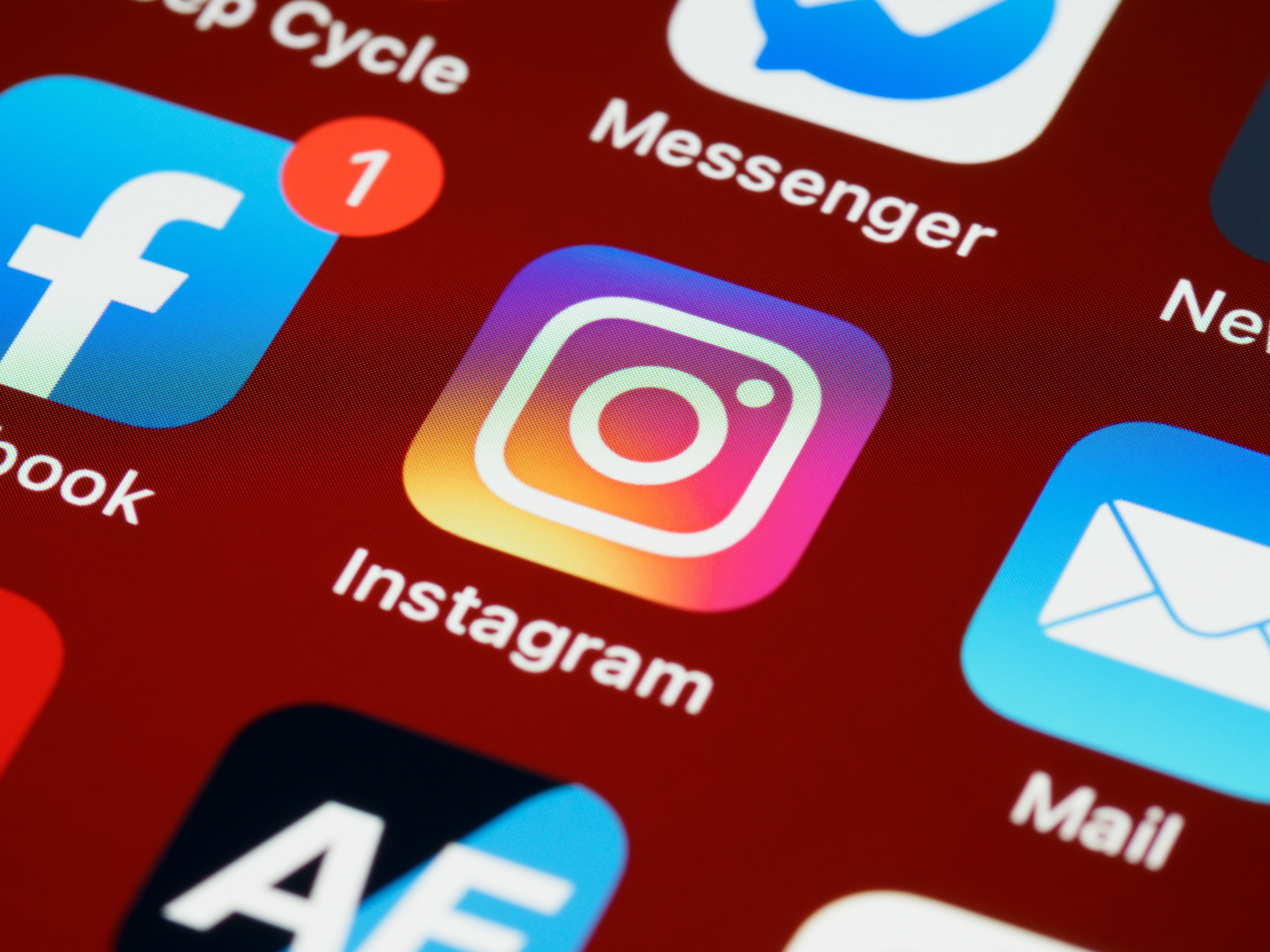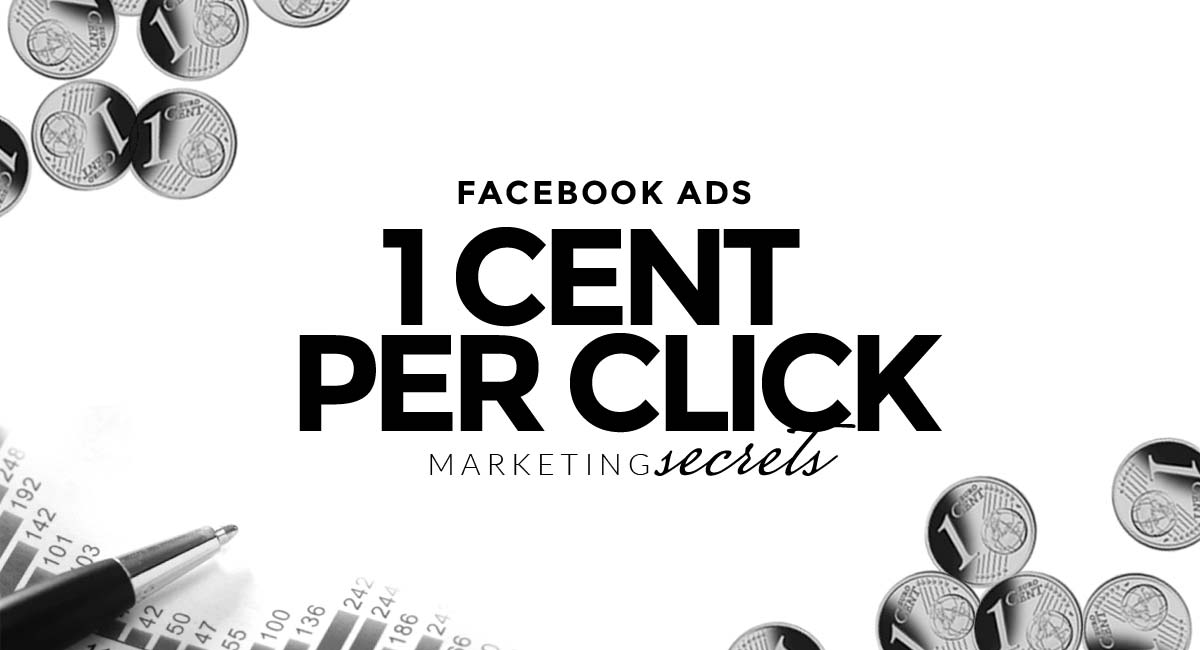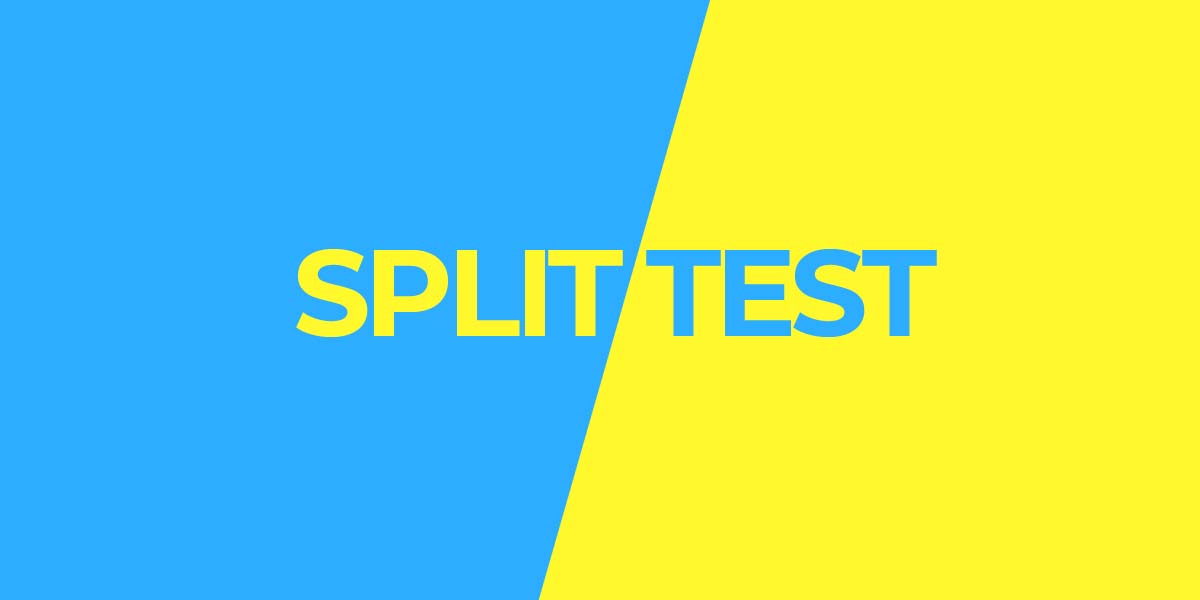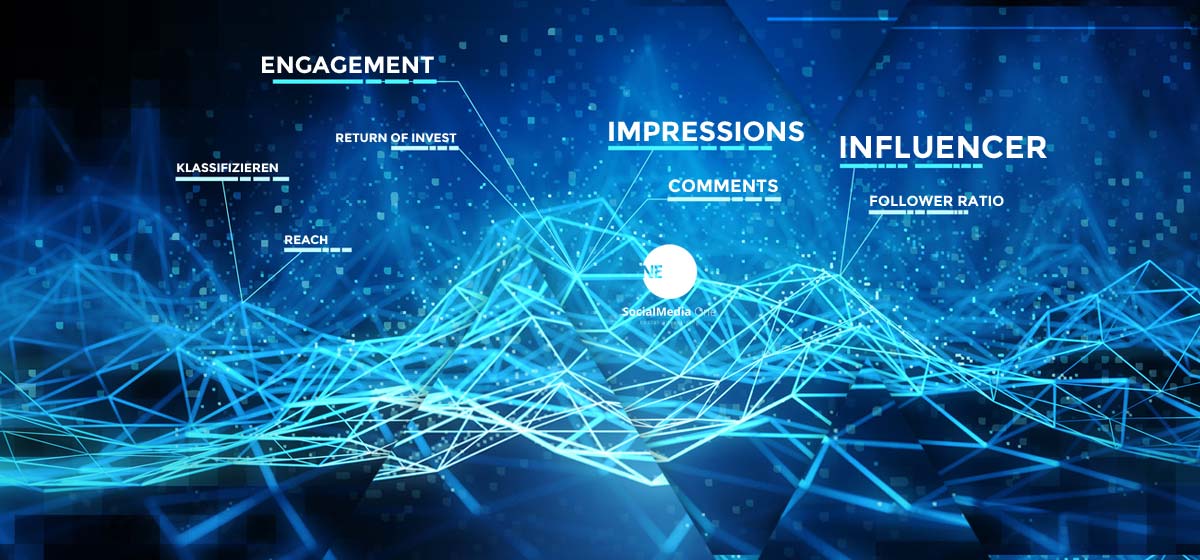Response Rate: Definition, Social Media & Calculate
The response rate indicates the response rate to a particular campaign. In comparison with several campaigns, it is shown which success factors can be derived from them. The response rate can have very different reasons, a simple example would be a marketing survey sent to 1,000 companies. When 400 questionnaires come back, put the rate at about 40%. Packaged into a social media campaign, this could be a survey played out through media budget and advertisements to 10,000 people. Four different graphics are tested in combination, each reaching 10,000 people. At the end of the test it is determined which of the four individual campaigns had the highest response rate and thus the greatest added value.
Calculation of the Response Rate
The calculation of the response rate does not need many numbers. In the example of our marketing survey, this would be the number of questionnaires sent out and the responses.
- ( received / sent ) * 100 = Response Rate
Monitoring with Click Rate, Response Rate and Interaction Rate
In our Social Media Blog we have already talked about all important key figures. In reporting and monitoring, various key figures are decisive for the assessment and evaluation of success.
In relation to the response rate, the click rate is merely an indicator of success on the social platform. Ultimately, however, it is always about conversion, which also means fulfilling the goal. The objectives can of course be extremely different, from newsletter registration to answering the market research in our example, or even the sale in the online shop. For all these actions behind the click, the response rate is used. So how high was the response? The interaction rate, one could easily confuse in the first thought of course with the response rate. After all, both factors are about the actions of the users. However, there is a subtle difference, the interaction rate refers to independent action without defined objectives. For example, the commentary in response to a video that has already been online on our YouTube channel for two years. A response rate asks for an exact target instead. As in our example, how many questionnaires were answered? These are the small but subtle differences of three of the most important indicators in social media marketing.













 4.9 / 5.0
4.9 / 5.0